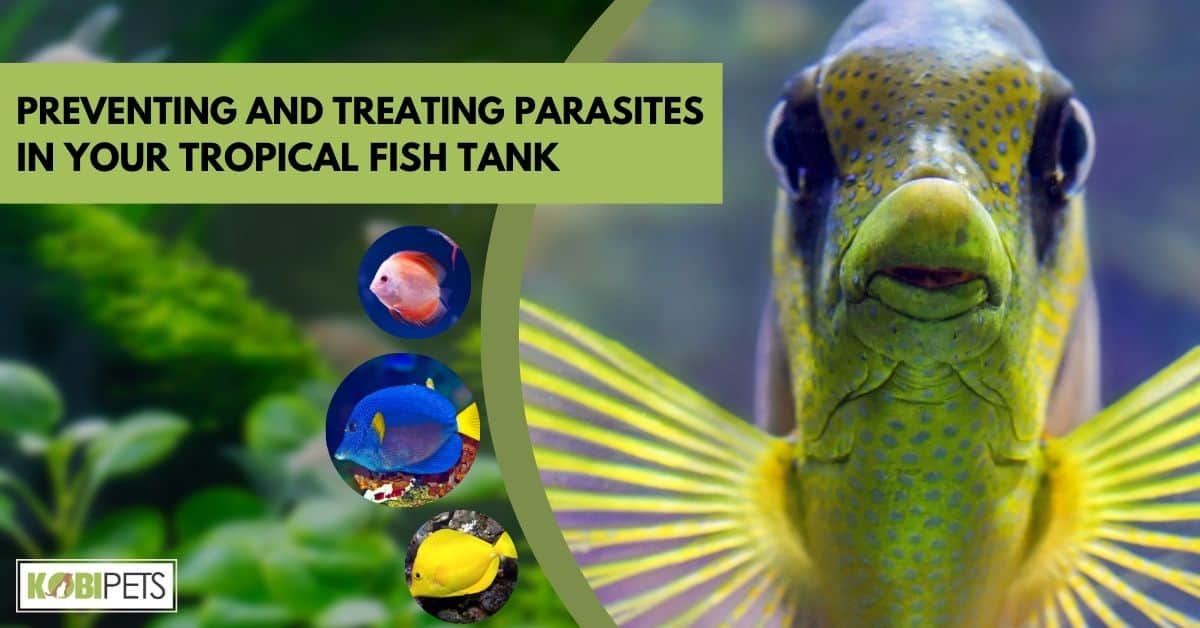
Healthy, happy fish in your tropical fish tank is every aquarium owner’s goal. But parasite infestations can threaten the health of your aquarium and its inhabitants – leading to disease, stress, and even death for your fish. Fortunately, with proper knowledge of parasites and preventive measures, you can avoid these problems.
In this article we will discuss the signs and symptoms of parasites, causes for infestations, preventive measures to take in your tank, and treatments for parasite infestations. With these tips, you can keep your tropical fish tank free from pesky parasites!
Identifying Parasites in Your Tank
Detecting and identifying parasites in your tank is a vital part of aquarium care. Without proper detection and identification, you may not be able to administer the correct treatment for any issues that arise. Symptoms of a parasite issue can manifest as changes in behavior— such as lethargic activity, loss of appetite, spots on their fins or scales, etc.
The presence of parasite larvae can even result in extreme damage to other fish over time. To verify the presence of parasites, careful examination is necessary; this will require microscope viewing and various tests. Still, addressing any parasitic issue early on will prevent it from taking root in the tank, while preventing further harm to the inhabitants.
Commonly found parasites in aquariums:
- Ichthyophthirius (ich)
- Oodinium
- Flukes
- Trichodina
- Leeches
- Planaria
If you see any of these parasites in your tank, it’s important to take immediate action.
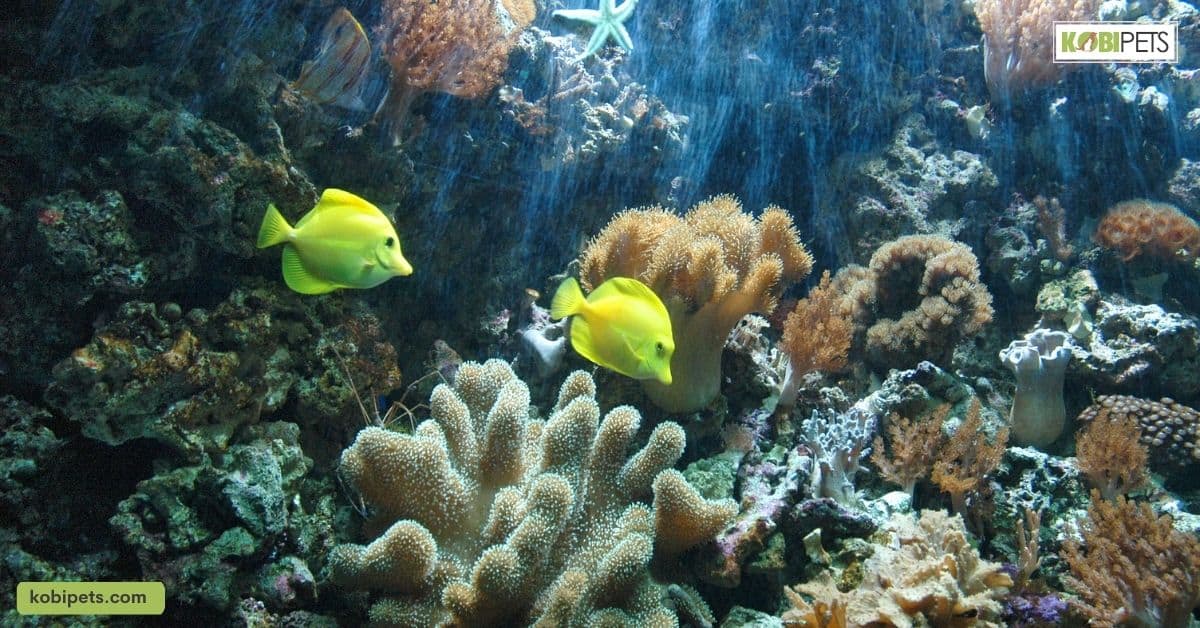
Signs and Symptoms of Parasite Infestation in Tropical Fish
Parasite infestation in tropical fish can result in a variety of signs and symptoms. Depending on the type and severity of the infestation, these may include:
- Fish scratching or flashing against objects in the tank
- Unusual swimming behavior, such as darting or circling
- Clamped fins
- Redness, inflammation, or ulceration of the skin
- Discoloration, such as pale or white patches
- Lethargy, loss of appetite, weight loss, or even death in severe cases
- White spots on the fins and body
- Excess mucus production
- Presence of parasites or their eggs visible to the naked eye
If you notice any of these signs or symptoms in your tropical fish, it is important to seek veterinary advice and treatment as soon as possible. Left untreated, parasite infestations can lead to serious health problems and even death. Taking the time to monitor your fish and provide proper care is essential for their long-term health and well-being.
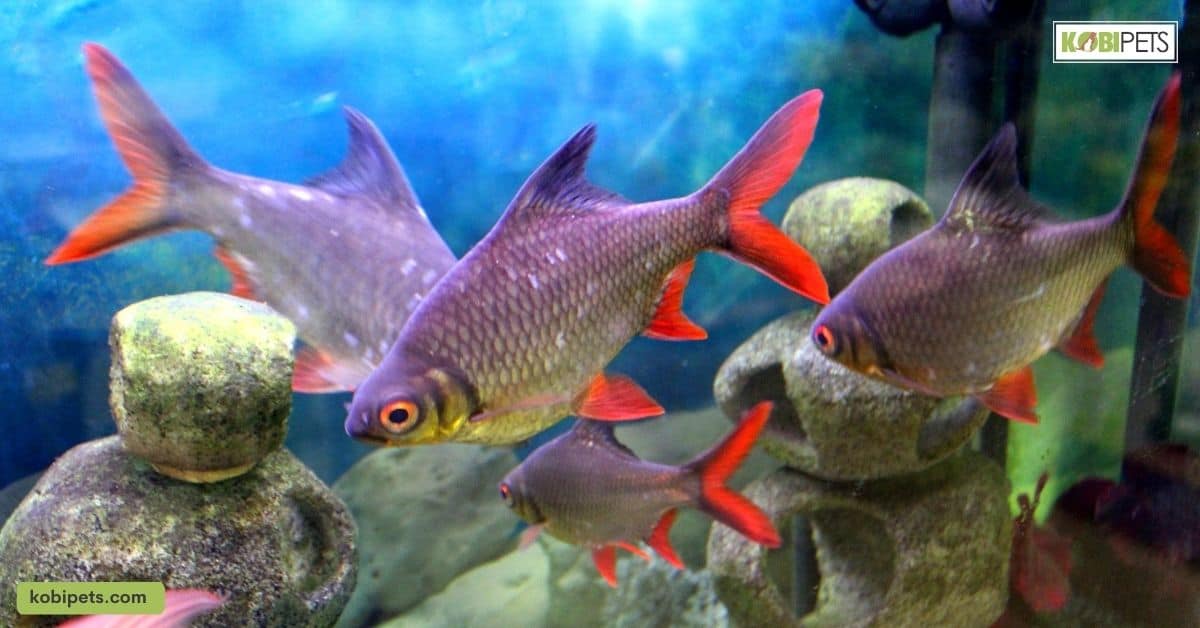
Causes of Parasite Infestation in Tropical Fish Tanks
Parasite infestations can be a common problem in tropical fish tanks. Parasites are microscopic organisms that feed off the fish or the tank environment, causing them to become sick or even die. Many different types of parasites can live in tropical aquariums, including bacteria, protozoa, and worms. Here are the most common causes of parasite infestations in tropical fish tanks:
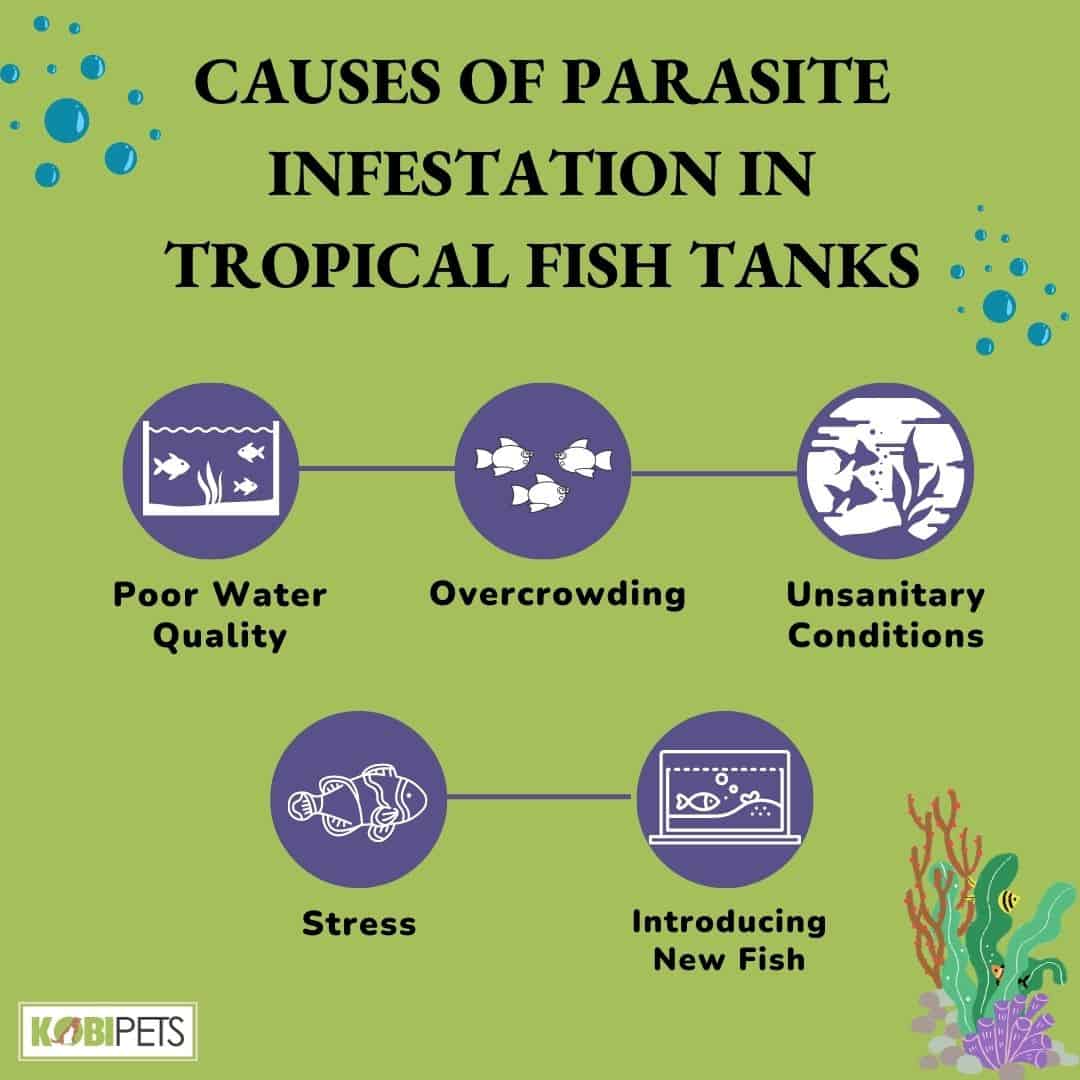
Causes of Parasite Infestation in Tropical Fish Tanks
- Poor Water Quality: One of the main causes of parasite infestation is poor water quality. Fish waste, uneaten food, and algae can quickly build up in an aquarium, creating a hospitable environment for disease-causing parasites. It is important to regularly test the water and take steps to maintain optimal water conditions.
- Overcrowding: An overcrowded aquarium can increase stress levels for the fish, making them more susceptible to parasites and other diseases. Make sure you have enough space for all of the fish, as well as any plants or decorations in the tank.
- Unsanitary Conditions: Parasites can be introduced to a fish tank through unclean conditions and equipment. A dirty filter, decaying plants, or unsterilized gravel can all provide a breeding ground for parasites.
- Stress: Too much stress can make fish more vulnerable to parasites and other diseases. Make sure to provide a calm, peaceful environment for your fish, free of overcrowding or aggressive tank mates. Also, keep the water temperature and pH levels at optimal levels.
- Introducing New Fish: When introducing new fish to a tank, it is important that you quarantine them first. This helps prevent the spread of any parasites or diseases from one fish to another.
By taking preventive measures and regularly monitoring your aquarium, you can help reduce the risk of a parasite infestation in your tropical fish tank.
Preventive Measures in a Tropical Fish Tank
Preventing a parasite infestation in tropical fish tanks is key to keeping your fish healthy and happy. To do so, it’s important to practice good aquarium husbandry habits. Here are some tips for preventing parasites from taking hold of your tank:
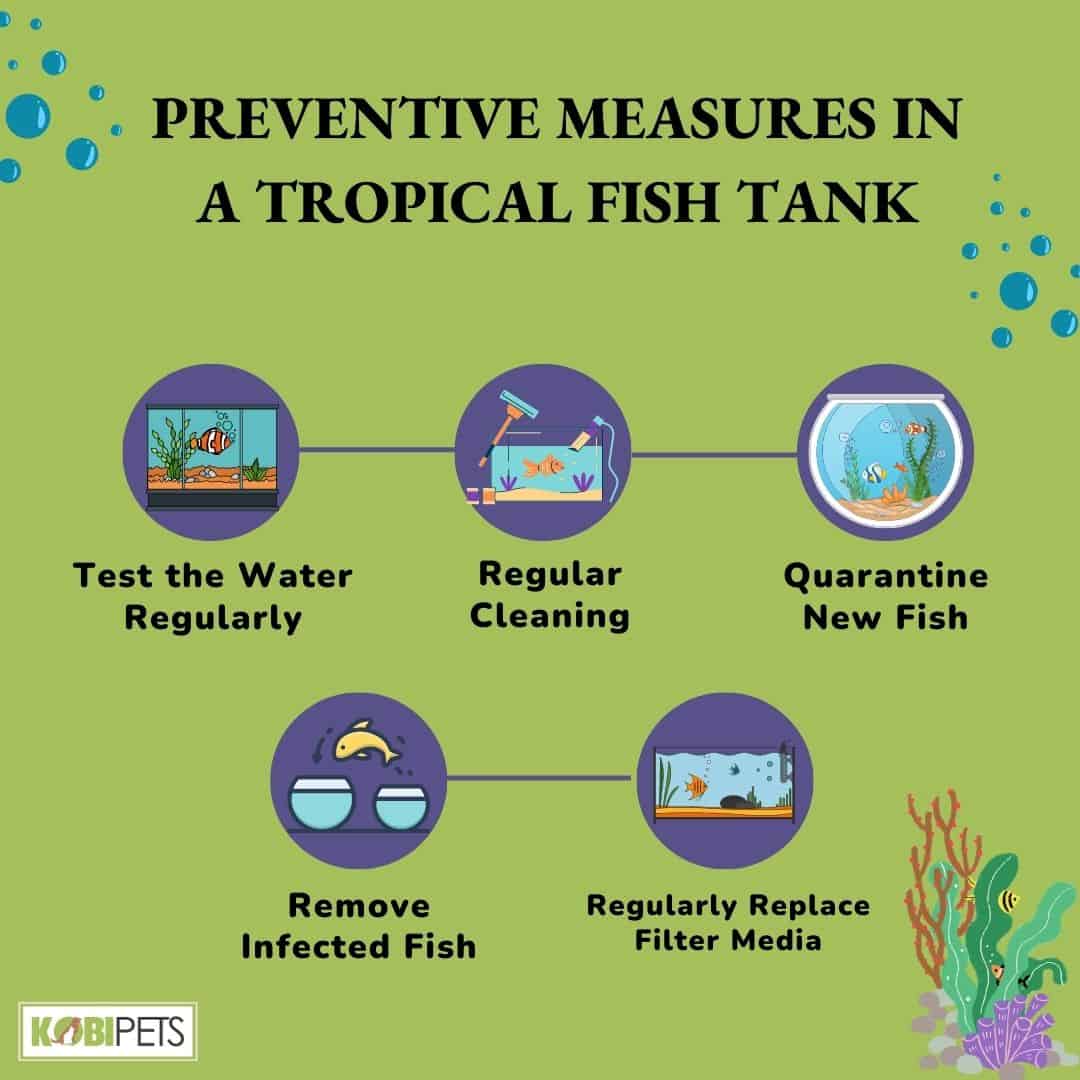
Preventive Measures in a Tropical Fish Tank
Test the Water Regularly
It is essential to regularly test the water in your tank. Test for ammonia, nitrite, nitrate, and pH levels. Make sure these levels are at optimal ranges, as any variations can stress out your fish and make them more susceptible to disease.
Regular Cleaning
Keeping a clean aquarium is one of the best ways to prevent parasites. Make sure to remove any uneaten food, as this can decompose and increase the number of disease-causing organisms in the tank. Cleaning tanks often also helps keep the environment free from excess waste and debris.
Quarantine New Fish
Every time you introduce a new fish, it’s important to quarantine them first. This helps ensure that any parasites or diseases they may be carrying are not transferred to the other fish in your tank.
Remove Infected Fish
Any fish showing signs of parasite infestation should be removed and treated immediately. Removing infected fish quickly will help prevent the spread of disease throughout the aquarium.
Regularly Replace Filter Media
Aquarium filters should be checked and replaced regularly. Over time, the filter media can become clogged with fish waste and debris, which can provide a breeding ground for parasites. Replace filter media as needed to keep your tank clean and healthy.
Overall, the best way to help prevent parasite infestations in your tropical fish tank is to practice good aquarium husbandry. Regular cleaning and water testing, as well as quarantine of new fish, will reduce the risk of parasites taking hold.
Treating Parasites Infections in Your Tank
If you think that your aquarium has a parasite infestation, it is important to act quickly. Here are the steps to take when treating a parasite infection:
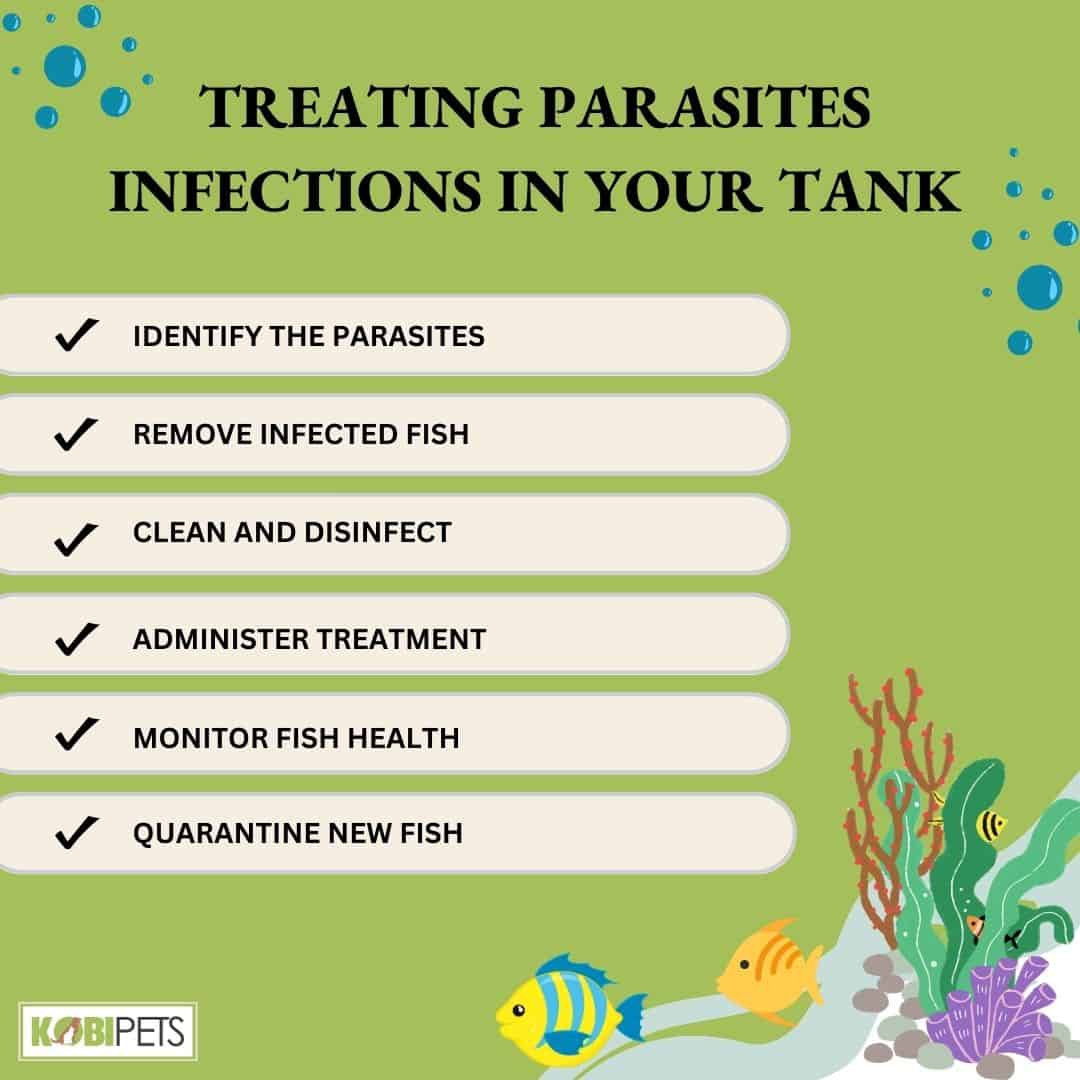
Treating Parasites Infections in Your Tank
Identify the Parasites: Proper identification of the parasite is essential in order to administer the correct treatment. You may need to use a microscope or other tests in order to accurately identify the type of parasite present.
Remove Infected Fish: All fish showing signs of infection should be removed from the tank and treated separately. This helps to prevent the spread of any parasites or diseases in the aquarium.
Clean and Disinfect: It is important to thoroughly clean and disinfect your fish tank before reintroducing new fish. Make sure all surfaces are free of debris, as well as any uneaten food or plant detritus.
Administer Treatment: The best way to treat a parasite infection is with medication, such as an aquarium parasite remedy. Make sure to follow the instructions on the package for proper application and dosage.
Monitor Fish Health: After administering treatment, keep an eye on your fish’s health for any signs of improvement. If you see that the fish are still exhibiting signs of infection or distress, it may be necessary to adjust treatment or contact a veterinarian for further advice.
Quarantine New Fish: To help prevent future parasite infections, it is important to quarantine any new fish for a period of time before adding them to the tank. This will ensure that any parasites or diseases are not transferred from one fish to another.
By following these steps, you can help protect your aquarium and keep your fish healthy!
Maintaining a Healthy Aquarium Environment to Prevent Parasite Infestations
In addition to treating existing parasite infestations, it is also important to maintain a healthy aquarium environment in order to avoid future infestations. Good aquarium maintenance practices can go a long way to maintaining healthy water quality and the right water parameters that make conditions less favorable for parasites.
Aquarium owners should be sure to regularly test the water parameters in their tank, such as pH levels, ammonia, nitrate and nitrite concentrations, and oxygen content, as any out-of-balance readings could lead to parasitical infections. Furthermore, introducing small amounts of chemicals or additives designed to maintain optimal balance can greatly help in this endeavor.
Finally, regularly vacuuming debris from the substrate and thoroughly cleaning any decorations or plants will keep the organic matter at bay and make it harder for parasites to gain access or spread into an environment. Taking these steps can help ensure a healthy tank environment unaffected by parasites.
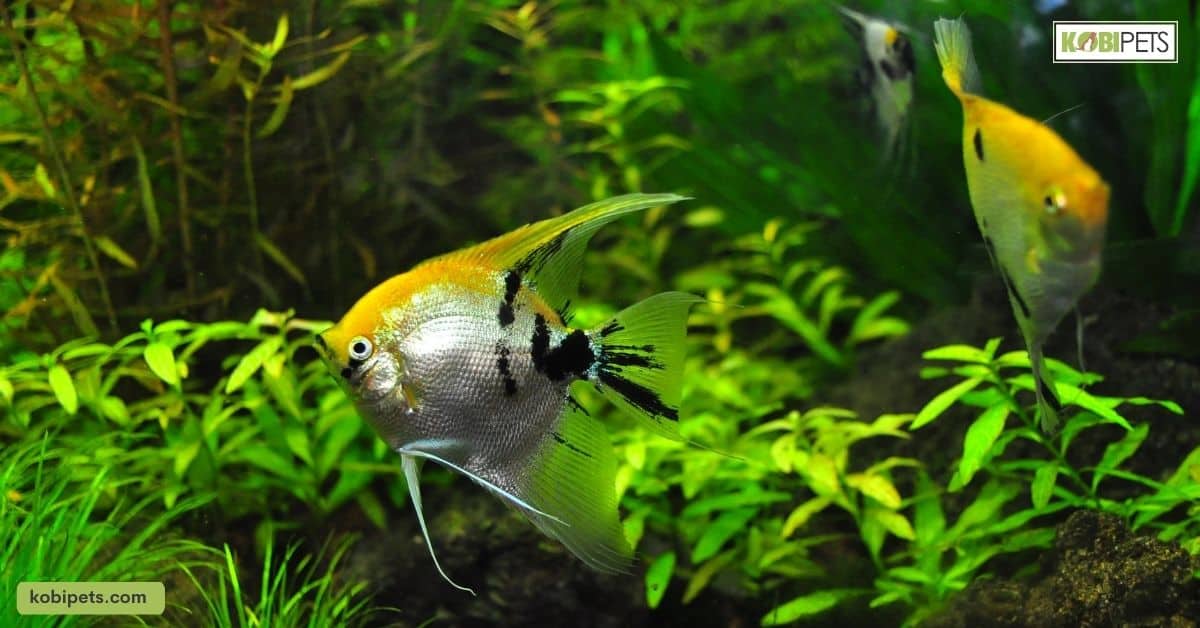
In Conclusion
Parasite infestations can be a common problem in tropical fish tanks. To help prevent these infestations, aquarium owners should practice good maintenance habits such as properly cleaning the tank and monitoring water parameters.
Additionally, introducing new fish to the tank should always be done with caution and quarantine, as this helps prevent the spread of parasites from one fish to another. With proper knowledge and preventive measures, it is possible to keep your tropical fish tank free from pesky parasites!


